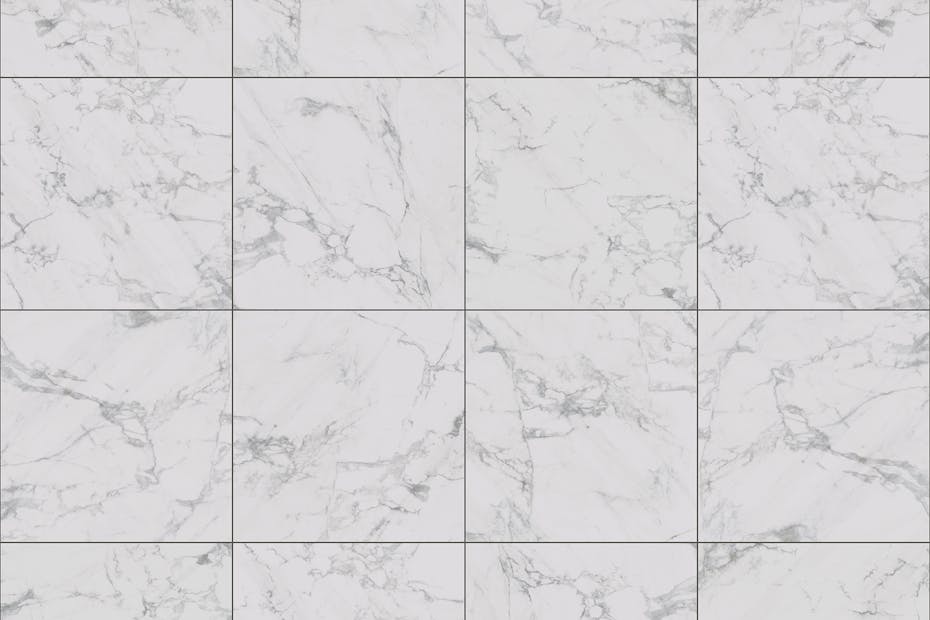It was during the supervision phase of a high-end residential project that I first encountered the true gravity of tone variation in porcelain. As the shipment of tiles began to arrive onsite, a seasoned supplier paused at the edge of the loading bay, pulled out a sample from one of the boxes, and said: “This batch is from Tone 6. If you want uniformity across all rooms, we’ll need to hold the project until the full quantity in Tone 6 is available.”
His voice wasn’t suggesting — it was warning. And at that moment, the subject of tone variation, usually discussed in procurement meetings or buried in technical datasheets, became a matter of architectural integrity.
What Is Tone Variation in Porcelain?
In the world of porcelain tiles, “tone” (sometimes referred to as shade or batch color) refers to the subtle differences in hue, saturation, or brightness between tiles that are nominally the same color and finish. These variations are not defects; they are often an inherent outcome of the manufacturing process — especially in large-scale, high-temperature kiln firing.
Even under strict industrial controls, minuscule shifts in temperature, raw material composition, or firing time can result in noticeable differences between batches. To manage this, manufacturers label each production lot with a “tone number” to indicate visual compatibility.
Acceptable Limits: How Much Variation Is Too Much?
The industry typically recognizes some degree of variation as acceptable, especially for natural stone-look or handmade-effect finishes. However, for smooth, uniform finishes, a visible tone difference between adjacent tiles may disrupt the visual harmony of a space.
- Standard industry tolerance: While not strictly quantified in every code, manufacturers usually consider a ±5% visual variation acceptable across batches.
- Professional practice: It’s the architect’s and contractor’s responsibility to visually verify tone labels before installation begins — especially in open areas where tile flow is continuous.

Why Does It Happen? The Chemistry of Color
Porcelain is composed of fine clays, feldspar, and silica, pressed under immense pressure and fired at temperatures exceeding 1200°C. The final tone of a tile is influenced by:
- Mineral content of the raw material (even trace levels matter)
- Oxidation levels inside the kiln
- Firing time and temperature differentials
- Glazing and digital printing precision
As porcelain becomes more sophisticated in aesthetics — imitating wood, marble, or concrete — the control of color becomes more complex, and thus more prone to micro-variation.
Preventing Mismatch: Procurement and Architectural Oversight
To ensure visual consistency, especially in premium projects, architects must take an active role during specification, procurement, and execution:
- Batch Reservation: Specify in the BOQ and submittals that all tiles must be sourced from the same tone number.
- Mockup Approval: Request a pre-installation dry lay of a sample grid on site — to observe any anomalies under project lighting.
- Storage and Labeling: Ensure clear labeling of tones during delivery and segregated storage by batch.
- Contractual Clauses: Include a clause in supplier agreements that requires full replacement at no cost if visual mismatch occurs due to mixed tones not approved beforehand.
- Client Communication: Educate the client — tone variation is technical, but its visual impact is immediate.
Professional Responsibility: It’s About More Than Color
A mismatch in tile tones may seem trivial on paper. But once installed across open-plan floors, hotel corridors, or luxury bathrooms, it can create a jarring patchwork effect that undermines the aesthetic narrative — and the client’s trust.
For architects, tone control is not just material coordination — it’s part of our ethical commitment to spatial harmony. Just as we wouldn’t accept inconsistency in structural dimensions, we shouldn’t accept irregularity in surface tone.
Conclusion: The Invisible Craft of Visual Precision
Tone variation in porcelain is a quiet detail. It won’t be listed in the design award submission. But it will be noticed — by the client, the guest, and the camera lens.
By understanding the causes, anticipating the challenges, and integrating contractual and supervisory safeguards, we uphold not just our design intent, but the dignity of the spaces we help create.
To explore more about our architectural approach, visit our Design Philosophy, discover our evolving Architecture Style, browse through our curated Project Portfolio, and follow the latest insights on our Architecture Blog.
